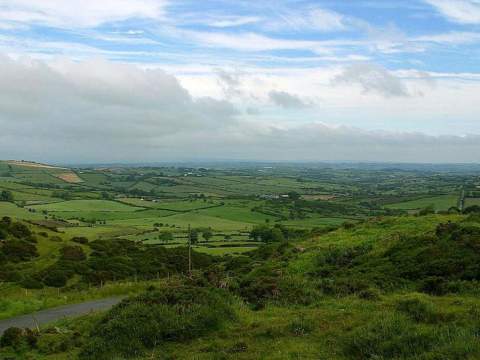Finding your New York ancestors can be challenging—so can finding your Irish ancestors. When you're looking for Irish ancestors who settled in New York State, things can be doubly challenging.
Fortunately, research problems in this area can be successfully met with the right historical knowledge and the use of a few often-overlooked record sets.
A common goal for researchers with Irish heritage is to discover an Irish immigrant ancestor's exact county of origin. This thrilling discovery is a huge part of understanding your family's story before they came to New York, and can also provide a jumping-off point for further research using Irish records.
Most common genealogical documents will simply list "Ireland" as the place of origin, but we'll review a few resources that are especially useful for finding more detailed information.
Researchers with Irish heritage should also possess a thorough understanding of the history of Irish immigration to the United States—this will provide many contextual clues, and will also help you gain a more satisfying understanding of your Irish ancestors' lives.
The Irish have been immigrating to New York State since the earliest days of settlement, and major changes in immigration patterns and immigrant demographics are crucial for researchers to know—they will be invaluable in forming research plans or hypotheses to test.
Irish Immigration: Important Facts
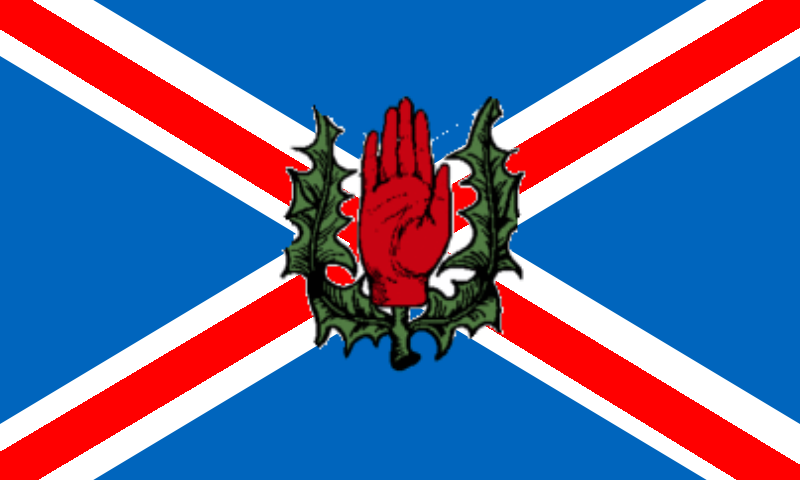
Before 1820, Irish immigrants were predominantly Ulster Scots
A small number of Irish immigrants lived in New Netherland, but the population really began to increase when the British took over the colony in 1664. During the British colonial era, most Irish immigrants to New York were from Ulster, in Northern Ireland, and were of Scottish descent - the Ulster Scots.
Many settled in New York City, but Ulster Scots also settled in Orange and Ulster counties, as well as other areas further north in the state, such as the Mohawk Valley.
In general, the Ulster Scots were wealthier farmers, merchants, and artisans—families that immigrated were well-off enough to book passage all at once, unlike the poorer Irish Catholics of the mid–1800s, who would immigrate in a staggered fashion (more on that below).
Knowing if your research subjects were Ulster Scots will guide what kind of religious records you look for, how you approach searching for immigration records, and more.
Pre-famine, Irish New Yorkers were a diverse group
Although many people think of Irish immigrants as those fleeing the Great Famine, this isn't exactly accurate. Even after Catholic immigration began to outpace Protestant immigration in the 1820s, many Irish arrived before the famine began in the 1840s, and they were a very diverse group.
Economically, there was a mix of merchants, professionals, farmers, seamen, and soldiers, as well as servants and laborers.
While Presbyterian was the most common denomination, there was also a mix of Episcopalians, Methodists, Quakers, and even Catholics. New York's harsh anti-Catholic laws and strong anti-Catholic cultural bias weren't fully lifted until 1806, which depressed the number of Catholics until later in the 1800s.
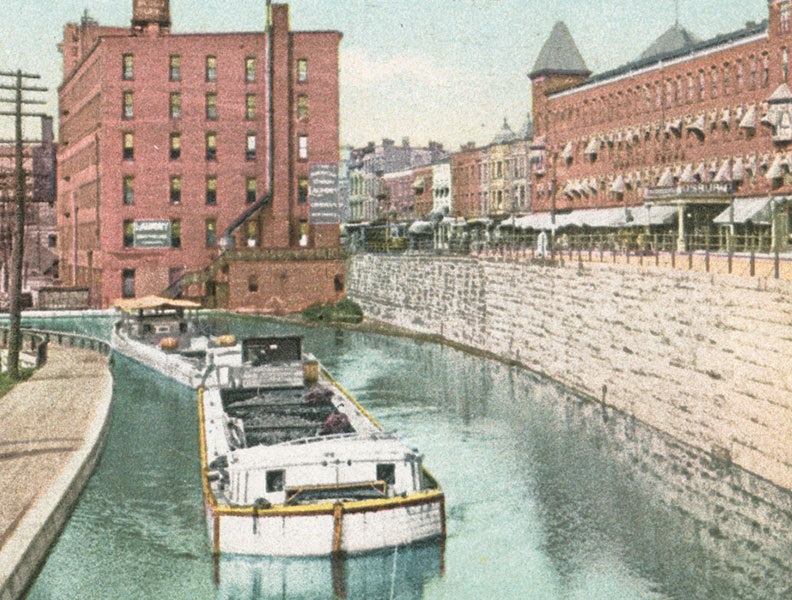 Irish workers built crucial New York State infrastructure
Irish workers built crucial New York State infrastructure
There were three major infrastructure developments in New York State history in the early 1800s, and Irish immigrant laborers played a huge role in the success of each. Not only can you look for ancestors in records related to projects, but many laborers often settled in cities close to where they worked.
Thousands of Irish immigrants were laborers who worked on the construction of the Erie Canal and its many extensions all over upstate New York. Between the years of canal construction, 1817 - 1825, many workers settled in cities such as Buffalo, Rome, Rochester, Syracuse, Troy, and Utica.
NYG&B members who are interested in researching the Erie Canal should watch a recorded webinar Finding Their Routes: Navigating Records of the NY State Canal System. The presentation reviews the fascinating history of the building of the canal and shows you how to learn more about the individuals who worked on it.
Another project that attracted Irish immigrants was the construction of the Croton Aqueduct, which brought water from Westchester County to New York City. Many Irish immigrant laborers worked on its construction and settled in Westchester in the late 1830s and early 1840s.
Irish immigrants also played a huge part in constructing the earliest railroads of New York State and America as a whole. Many worked on early lines that ran North-South, like the Mohawk and Hudson Railroad, and later New York Central. Many Irish also moved westward to Pennsylvania and beyond to work on the larger transcontinental projects later in the 1800s.
Irish participation in these larger economic forces can help you explain migration and look for possible destinations of missing family members.
Chain migration was common in Irish families
Economic factors were an enormous driver of the Irish movement to America—although religious and political freedom were equally motivating, economic limitations had the most practical effect on an Irish family's journey to America.
As mentioned, the earliest Irish immigrants were not poor and were often immigrating to America to maintain their middle to upper-class standard of living. But as the political and economic situation in Ireland deteriorated in the mid-1800s, people from all strata of society began to emigrate.
Poor families would follow a chain migration pattern—usually, an individual or pair or individuals would immigrate to America, and their wages would fund the journey of the next family member.
This created a pattern of staggered immigration, which can be quite problematic for the genealogist—when an immigrant traveled alone, they can be extremely difficult to distinguish from others of the same name. And of course, if one immigration record is hard enough to find, having to find multiple passenger lists for a single nuclear family is quite the challenge!
While unfortunate, this fact about Irish immigration during the famine years is a crucial one to know.
Fortunately for genealogists, Irish families needed to deal with this challenge as well, and the records that result from their attempts to reunite with one another can be extraordinarily useful (see more below).
Transatlantic routes changed often
Because times were so hard in Ireland, and even the most destitute members of society were attempting to emigrate, the price of transatlantic crossing at various points in history had an enormous impact on how Irish immigrants got to America.
Irish immigrants always faced a choice when moving to North America—travel to Canada, or travel to America. The difference in cost between passage from Ireland to Canada and Ireland to the United States fluctuated as British law changed in the early 1800s—at times, the cost of traveling to New York was twice as high as traveling to Canada. In the first half of the 1800s, many Irish immigrants arrived in Canada and then crossed the border to New York. This is problematic for genealogists because New York didn't record border crossings consistently until the 1890s.
On the other side of the Atlantic, researchers should note that Ireland was not always the port of departure. Eventually, travel to North America from Liverpool became very cheap, and many Irish immigrants made the transatlantic journey from that port. For this reason, researchers should also examine lists of passengers leaving the United Kingdom from Liverpool for evidence of immigrant ancestors. Findmypast has a nice collection of passenger lists leaving the UK (remember - NYG&B members get free access to all North American records on Findmypast).
Eventually, the route from Liverpool to America became far cheaper than all others, and Irish immigration to America through Canada died off in the mid-1800s.
Overlooked Irish Genealogy Sources
You will be able to find evidence of your New York Irish ancestors in all common genealogy sources - vital records, newspapers, religious records, census records, and more.
But there are some records that are uniquely useful for Irish research because of the population they focused on and the information they captured. The following resources include information on Irish immigrants that may not have appeared in other records - some of the records also hold an extraordinary amount of detail, which might be enough to help you trace your family back to Ireland.
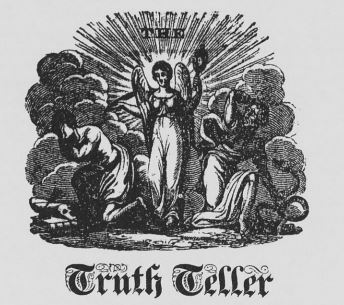 Information Wanted Ads in Irish Newspapers
Information Wanted Ads in Irish Newspapers
As mentioned above, the typical pattern of chain migration presented a very practical problem for Irish families that were in the process of immigrating piece by piece.
Given the limited communications of the time, it was easy to lose track of relatives and friends who had crossed the Atlantic: Families and individuals would often take out "Information wanted" ads in newspapers as a means of locating these lost individuals.
Diane Fitzpatrick Haberstroh, MLS, and Laura Murphy DeGrazia, CG (current editor of The Record) have abstracted and indexed ads in surviving 1825–1844 issues of The Truth Teller, New York City's first Catholic newspaper.
The ads mention names of several thousand immigrants living all over North America and, best of all for the genealogist, they also mention nearly 1,000 places of origin in Ireland.
These records are available to search and browse in the New York County Newspaper Abstracts collection in our Online Collections. Diane Fitzpatrick Haberstroh has also authored a detailed article on this volume in our New York Knowledge Base.
Researchers may also want to search for other Irish newspapers in the U.S. Newspaper Directory at the Library of Congress website.
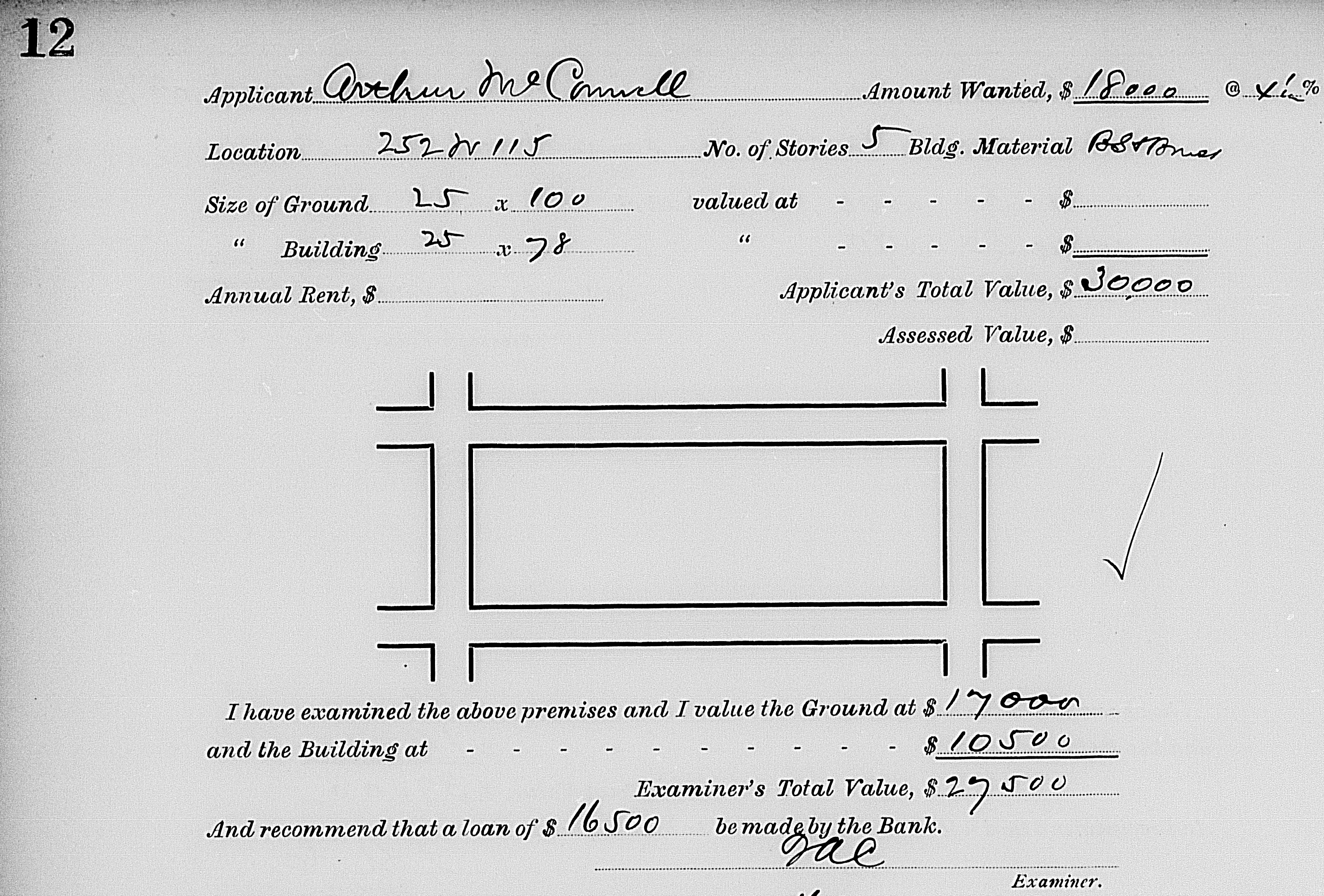
Emigrant Savings Bank
The Emigrant Savings Bank was created in 1850 to help immigrants protect their savings and safely send money home to family members. The records, which stretch all the way into the early 1900s in some case, were very well preserved and contain a wealth of information on Irish immigrant families.
Records include real estate books, ledgers, and test books—volumes that hold information used to confirm the identity of account holders. The information used to verify the identity of a depositor is a genealogical gold mine for many researchers, potentially including occupation, address, birthplace, date of immigration to the United States, and even the name of the ship the immigrant traveled on.
The New York Public Library holds many records from the Emigrant Savings Bank—a detailed list of their holdings, along with a guide to researching in the collection can be found in the NYPL catalog. Some of digitized Emigrant Savings Bank records are available on Ancestry.com as well, among other places. See the New York Family History Research Guide and Gazetteer chapter on Irish research for more information.
If you're interested in these records, you can learn more about them at the NYPL's Emigrant City project—a crowd-sourced effort to index digital images of Emigrant Savings Bank records.
Almshouses, poorhouses, & others
Irish immigrants who were Catholic and poor came in huge numbers during the famine years, and did not have an easy time in America—many remained part of the lowest economic class and appear often in the records of institutions designed to aid the poorest citizens.
New York City almshouse records are well preserved and are available to view online for free.
These records are particularly useful for locating people otherwise impossible to trace such as women before they were married, or after they were widowed. Sadly, these are often the only records unmarried women and orphaned children appear in.
These records are sometimes unusually deep—in the 1800s New York law formalized the information collected by almshouses, require place of birth to be collected. Many entries contain useful commentary or notes in addition to the standard fields.
Joseph Buggy's book Finding Your Irish Ancestors in New York City contains an in-depth review of the Irish presence in such records, and is an invaluable resource for Irish research in general.
NYG&B Irish Resources
- Webinar: Irish Church Records: Church of Ireland, Presbyterian & Catholic
- Webinar: Dual Citizenship: Italy and Ireland
- Webinar: Innovation in Ireland: Creative Resources for Your Irish Research
- Knowledge Base Article: Guide to Using the Records of the Emigrant Savings Bank
- Knowledge Base Article: Researching the Irish-Born of New York City
- Knowledge Base Article: A selected bibliography for Irish Research
- Information Wanted Ads in the Truth Teller (Irish Newspaper), New York City (1825-1844)
About the New York Genealogical and Biographical Society
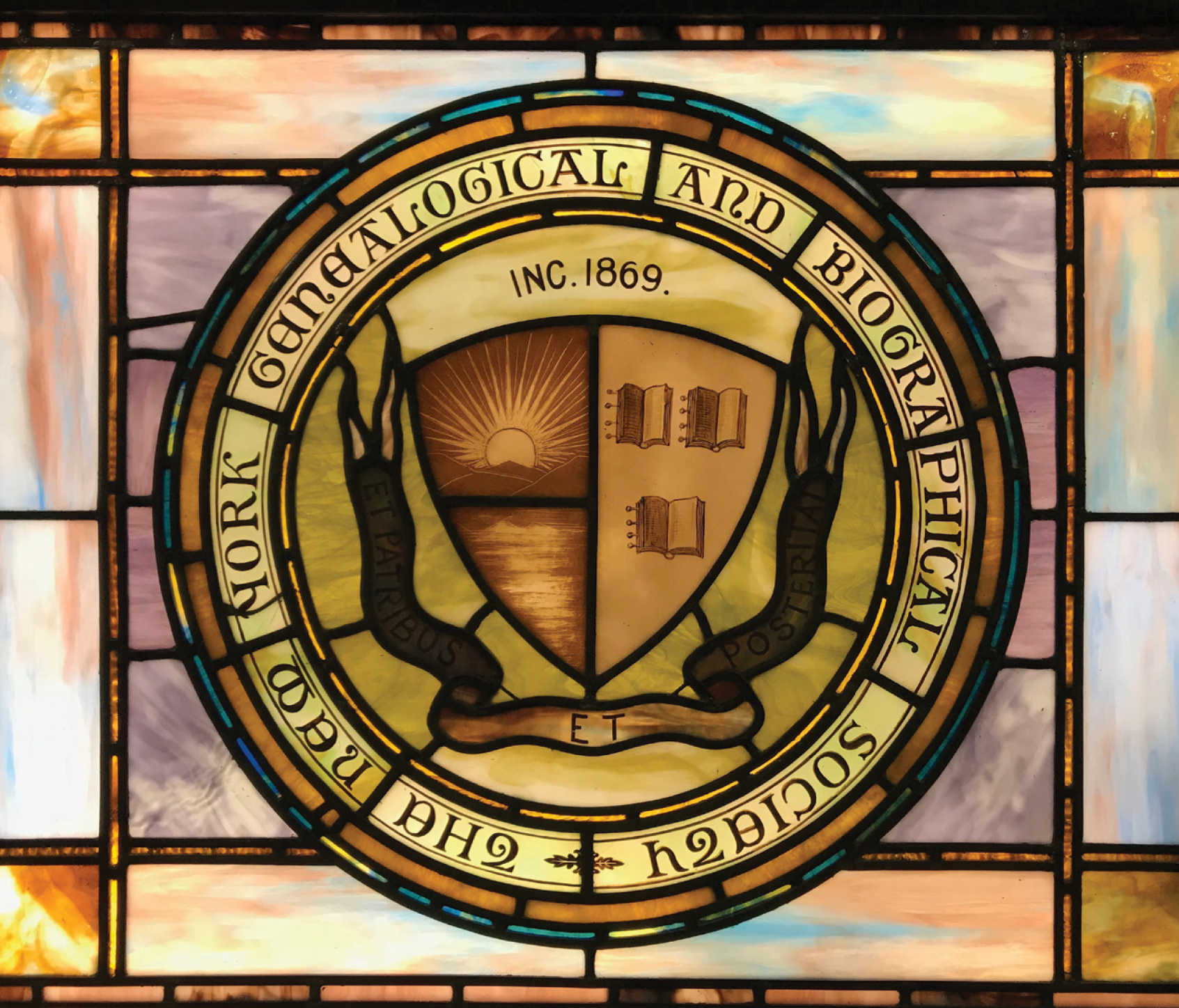
a registered 501(c)(3) organization devoted to
preserving, documenting, and sharing the history of
New York State families. Read more about our mission.
Since 1869, our mission has been to help our thousands of worldwide members discover their family's New York story, and there has never been a better time to join.
The cost of an Individual Annual Membership is less than six dollars a month, and includes the following benefits:
- Access to online records covering the entire state of New York, including the fully searchable archives of The Record.
- A complimentary subscription to all of Findmypast's North American records, as well as U.K. and Irish Census records.
- Access to hundreds of expert-authored Knowledge Base articles and webinars to help you navigate the tricky New York research landscape.
- Exclusive discounts and advanced access to conferences, seminars, workshops and lectures to learn more about researching people and places across New York State.
To learn more or join us, please visit our member benefits page.
